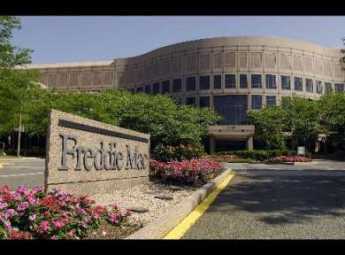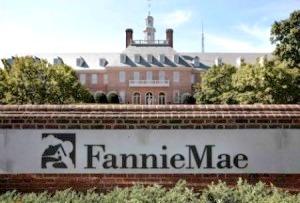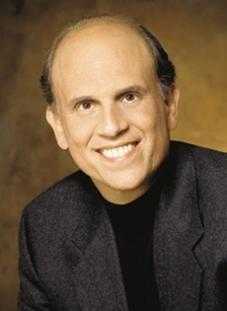Related Topics
American Finance After Robert Morris
Robert Morris can be fairly said to have made the American Revolution possible.
Dislocations: Financial and Fundamental
The crash of 2007 was more than a bank panic. Thirty years of excessive borrowing had reached a point where something was certain to topple it. Alan Greenspan deplored "irrational exuberance" in 1996, but only in 2007 did everybody try to get out the door at the same time. The crash announced the switch to deleveraging, it did not cause it.
Whither, Federal Reserve? (2)After Our Crash
Whither, Federal Reserve? (2)
After a Year of Crisis, Fannie and Freddy Finally Get the Spotlight

|
| Freddie Mac Corp. |
A year after potential financial collapse burst on the scene, the public (and Congress) are beginning to understand what collateralized debt obligations (CDO) are, and how Fannie Mae and Freddie Mac work. It begins to seem they are much the same thing in different clothes, that securitization of mortgages began with Fannie Mae if not Farm Credit in 1916, and that these bewildering new Wall Street CDO creations are just new variations of an old idea. The devil, as always, is in the details.

|
| Freddie Mac Corp. |
Originally, Government Sponsored Enterprises (GSE) began in 1916 with the Farm Credit System and entered the home mortgage secondary market in 1938 with the creation of FNMA (Fannie Mae). Populist in the first case and Depression-fighting in the other, the idea was that third-party reinsurance would make mortgages safer, and thus lower interest rates for a favored population segment (farmers and homeowners). Although no promises were made to bail out failing loans, GSEs eventually grew large enough to seem able to force the government to rescue them in the event of failure. They were claimed to be "too big to be allowed to fail". In addition to this implicit government backing, there was a twist created by making debt interchangeable with equity. "Securitization" was a process of bundling many mortgages into a package sold to the public as a stock issue. Since FNMA was a creditor, rising interest rates created profits for the shareholders, while falling interest rates depressed share prices. Steady predictable mortgage prices could be offered to homeowners, while the risk was transferred to the shareholders. To a certain but much lesser degree, some of the risks of falling real estate prices were transferred to the shareholders as well. Finally, the reduced risk in this arrangement led to lower prices for mortgages, regardless of the state of the economic cycle.

|
| Michael Milken |
To some unknowable degree, enthusiasm for mortgage-backed securities in the private sector was enhanced by fear or even loathing of government involvement in the financial system style of banana republics or the Weimar Republic in 1922. To compete with the lower interest rates of government-backed security, the efficiency of the private sector could be combined with innovations made possible by the computer. Mathematical models were devised to calculate mortgage interest rates by working backward from the default rate in a huge universe of mortgages. During the savings and loan crisis two decades earlier, Michael Milken had promoted the idea that prevailing interest rates on mortgages were higher than were justified by the prevailing rate of default in a large pool. If the uncertainty of risk for a single mortgage could be submerged within the fairly certain risk of a large pool, it should be possible to offer generally lower prices than even those of the government-backed GSE system. In spite of the recent panic, the reasoning behind both systems, government and private, seemed to suggest that securitization of debt continues to be a sound idea.
What appears to have been unanticipated was that house prices would rise in a bubble stimulated by a flood of money from the Far East and the Middle East. When that bubble inevitably burst, the resulting drastic decline in house prices would trap everyone who had borrowed a fixed amount as a mortgage at the top of the real estate market. Those who bought and held their houses before 1980 could ride out the gyrations of the real estate market, but everyone who bought an overpriced house after that was at risk that prices would eventually return to normal -- and bankrupts them with that high fixed debt. If these people outnumber the rest of the country, they can use their voting power to force the rest of the country to bail them out, but that's the way civil wars get started. It remains to be seen whether some political compromise can be arranged between those who bought houses at foolish prices, those who felt enriched by owning more valuable houses, and those few who watched with dismay.
Meanwhile, there is another important decision to be made, as to whether to permit either form of securitization to be used as an American scapegoat for a mess caused by Chinese prosperity. There is indeed much to be criticized in retrospect about the conduct of Main Street, Wall Street -- and K Street.
Originally published: Monday, July 21, 2008; most-recently modified: Sunday, July 21, 2019